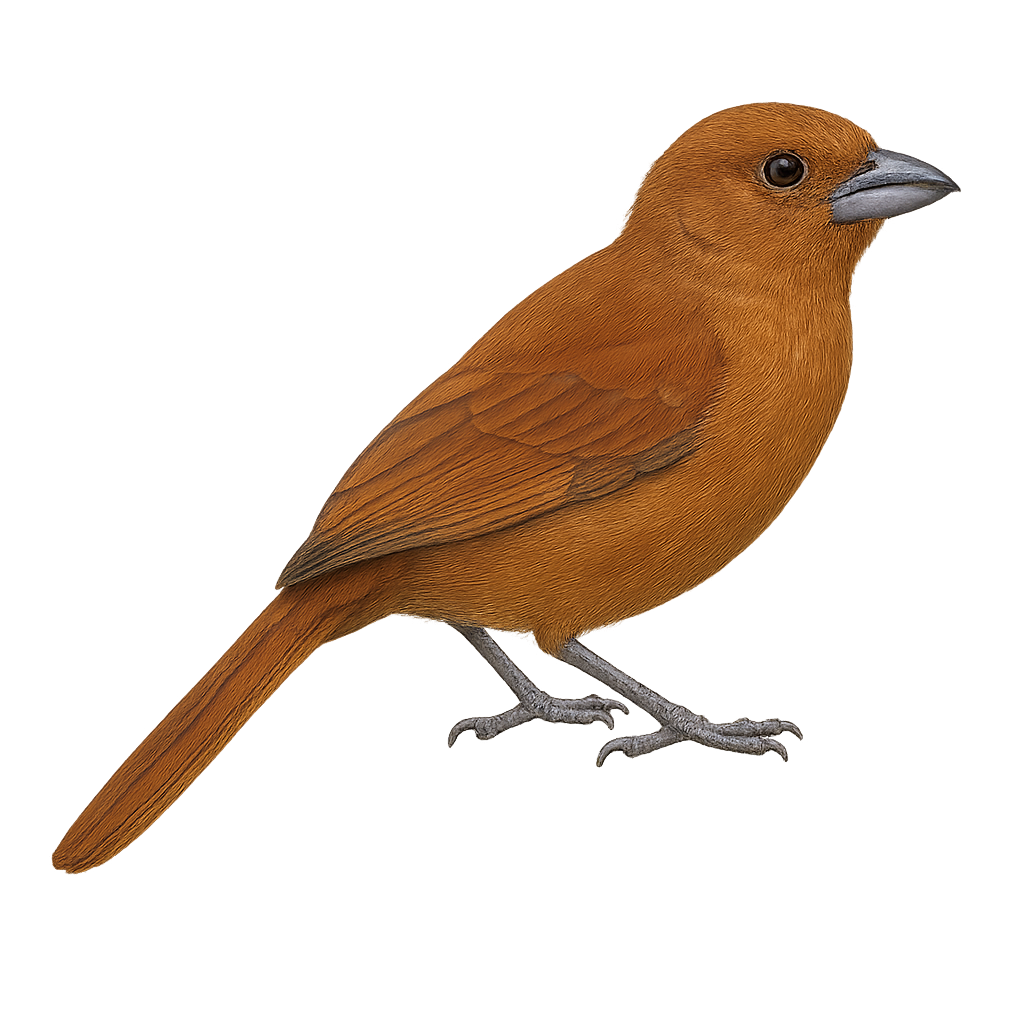Your wildlife photography guide.
Explore the ruby-crowned tanager in detail, study its behavior, prepare your shots.
Where to observe and photograph the ruby-crowned tanager in the wild
Learn where and when to spot the ruby-crowned tanager in the wild, how to identify the species based on distinctive features, and what natural environments it inhabits. The WildlifePhotographer app offers tailored photography tips that reflect the ruby-crowned tanager’s behavior, helping you capture better wildlife images. Explore the full species profile for key information including description, habitat, active periods, and approach techniques.
Ruby-crowned Tanager
Scientific name: Tachyphonus rufus

IUCN Status: Least Concern
Family: THRAUPIDAE
Group: Birds
Sensitivity to human approach: Suspicious
Minimum approach distance: 5 m
Courtship display: October to November
Incubation: 12-13 jours
Hatchings: October to December
Habitat:
Humid tropical forests, forest edges, gardens
Activity period :
Primarily active during the day, with peak activity in the morning and late afternoon.
Identification and description:
The Ruby-crowned Tanager, or Tachyphonus rufus, is a medium-sized bird, about 18 cm long. It is easily recognizable by its glossy black plumage in males, with a bright red patch on the back, while females have duller, often brownish tones. This bird is primarily frugivorous but also feeds on insects. It is found in humid tropical forests, forest edges, and sometimes in gardens. It is widespread in South America, notably in Brazil, Argentina, and Paraguay. The Ruby-crowned Tanager is a sociable bird, often seen in small groups or pairs. Its song is melodious, composed of clear and repetitive notes.
Recommended lens:
400 mm – adjust based on distance, desired framing (portrait or habitat), and approach conditions.
Photography tips:
To photograph the Ruby-crowned Tanager, it is advisable to use a telephoto lens of at least 400 mm to capture precise details without disturbing the bird. Look for areas where these birds are active, such as forest edges or gardens. Be patient and discreet, as although the Tanager is sociable, it can be suspicious. Take advantage of the early morning hours for soft light and increased activity. Use a tripod to stabilize your camera and achieve sharp images.
The WildlifePhotographer App is coming soon!
Be the first to explore the best nature spots, track rutting seasons, log your observations, and observe more wildlife.
Already 1 430 wildlife lovers subscribed worldwide

